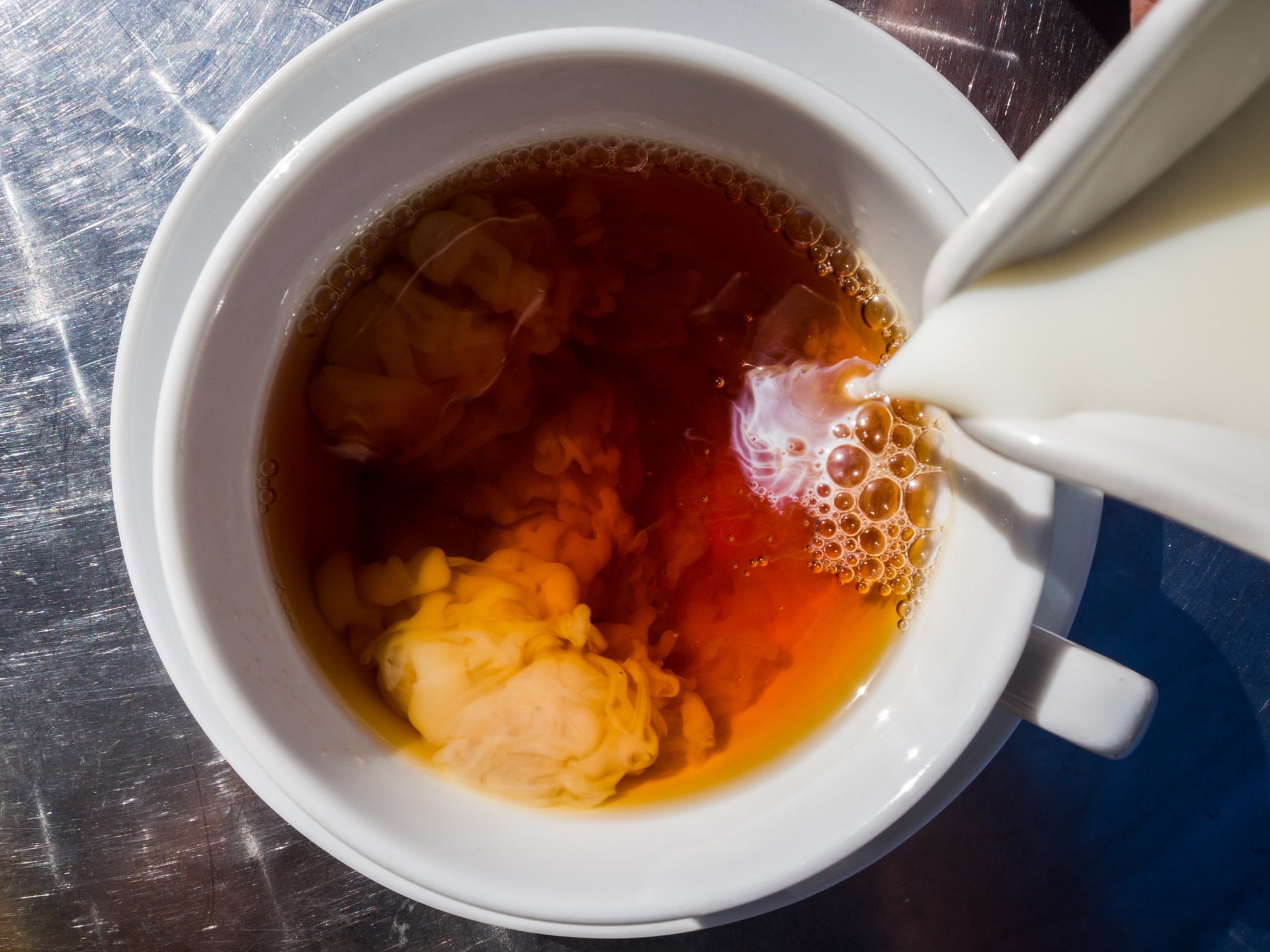A gardeners guide to growing your own tea
Want to make your own cup of tea from scratch?

Your support helps us to tell the story
From reproductive rights to climate change to Big Tech, The Independent is on the ground when the story is developing. Whether it's investigating the financials of Elon Musk's pro-Trump PAC or producing our latest documentary, 'The A Word', which shines a light on the American women fighting for reproductive rights, we know how important it is to parse out the facts from the messaging.
At such a critical moment in US history, we need reporters on the ground. Your donation allows us to keep sending journalists to speak to both sides of the story.
The Independent is trusted by Americans across the entire political spectrum. And unlike many other quality news outlets, we choose not to lock Americans out of our reporting and analysis with paywalls. We believe quality journalism should be available to everyone, paid for by those who can afford it.
Your support makes all the difference.The typical backyard food grower is familiar with planting greens, tomatoes, peppers, squash, herbs, berries and other staples, plus perhaps a few exotic crops that are difficult to find at the grocery store. Beverages, however, aren’t usually at the top of their lists.
I’ve written about growing coffee indoors, but that’s more for sport than supply, as an average houseplant can be expected to produce only enough beans for a single cup. Growing tea plants in the garden, however, can provide enough leaves to keep your kettle whistling year-round.
Camellia sinensis var. sinensis, a cold-hardy variety native to China, is a multi-branched shrub best for growing in U.S. hardiness zones 7 and 8, although it may survive winters in zone 6b with protection. Camelia sinensis var. assamica, which leans more tree than shrub, is native to India and only recommended for zones 8 and up. Some other cultivars may push those boundaries.
These evergreen plants are easy to grow in deep shade to full sun (although part sun or light shade are ideal), requiring only well-draining soil with a slightly acidic pH.
Young plants will take roughly two years to produce enough leaves for a sufficient harvest. In five years, a single plant should provide enough to supply a moderate tea drinker. Need more? Plant more.
White, green, black and oolong teas all come from the same plant, but their differences are due to harvesting practices and post-harvest leaf-oxidation treatments.
For white tea, pluck the buds from each stem tip before they fully open. Heat in a pan over low heat, stirring constantly for about 10 minutes, then cool and store in an airtight container.
For green, black and oolong tea, pluck two or three of the youngest leaves from each stem, along with the leaf bud from each stem tip, every 10-12 days as new shoots develop. Then proceed as follows for the type of tea desired.
Green tea:
Briefly steam leaves over boiling water, then spread on a dish towel and allow to sit for 5 minutes. Roll the leaves up in the towel and squeeze very gently to absorb excess moisture. Remove from the towel, separate leaves and place on a cookie sheet. Heat in an oven or toaster oven set to 300 degrees for 10-15 minutes or until dehydrated. Brew immediately or cool and store in an airtight container for future use.
Oolong tea:
Spread leaves in a single layer on a cookie sheet or tray and allow to wilt in a sunny outdoor spot. After 30-60 minutes, move the tray into the shade and toss the leaves every hour for 8-10 hours. Next, place in a wide pan and cook over low heat for 15 minutes, tossing gently as needed to prevent scorching. Cool, then roll each leaf individually to preserve its oils and flavors. Allow to dry completely before storing in an airtight container.
Black tea:
Place leaves on a baking sheet set in the sun for 10-12 hours to remove only 50% to 75% of their moisture, then cut into strips and roll into small balls. Ferment by placing the balls in a humid, 78- to 80-degree room until they turn coppery-black, then dry in an oven set at 200°F for 5 minutes. Lower heat to 140°F and continue drying for an additional hour. Cool and store in an airtight container.